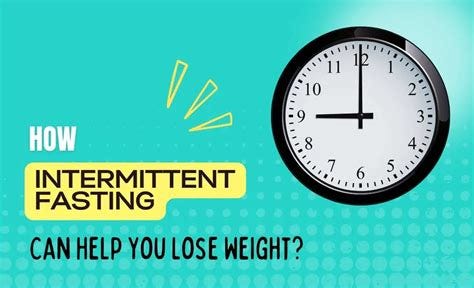Over the decades countless diets have risen and fallen. While most offer short-term results, their restrictive nature inevitably leads to failure. No matter how much we push, the body doesn’t want deprivation—it desires nutrition.
Ultimately, a diet of primarily whole foods (and not too much of them) is superior to any other dietary approach. However, that doesn't mean we can't give our body a little nudge on the path to optimal health. To illustrate this, let me share the story of a man I've worked with twice—once a decade ago, and again this past year.
Jody Subotin
This is a before and after picture of my client Jody Subotin. I’ve been granted permission to share his name, likeness, and story – a truly inspiring tale. While I've coached countless individuals to remarkable weight loss achievements, from 20 to 80 pounds, and even one woman who triumphed over 100 pounds twice, Jody's journey stands out. A decade ago, he shed 160 pounds in 18 months under my supervision.
Unfortunately, he regained much of the weight back in my absence. But upon rejoining my program, he embraced the challenge anew, losing 75 pounds in the past year. Here are his current pictures:
Intermittent Fasting
Even with clean eating, common weight loss plateaus may be experienced, a fact particularly noticeable after shedding a significant amount of weight. That was the case with my client. This isn’t failure, but a sign that the body has adapted. Instead of drastic dieting or overtraining, the solution lies in reigniting the metabolism.
Interestingly, individuals who have been severely overweight often respond exceptionally well to intermittent fasting, where they confine their eating to a specific window of time each day. This typically involves abstaining from food for 16 hours and consuming meals within an 8 hour period.
How To Implement It
Fasting Time: The hours when you’re not eating add up to 16 hours a day. This includes your sleep time. However, you can drink water, black coffee, or unsweetened tea during this time.
Eating Time: The hours when you're allowed to eat add up to eight hours a day. Decide on a time frame during which you'll consume all your meals. The best eating period is probably 12:00 pm and 8:00 pm for most. But you can adjust that to your own particular schedule. Be cautious however about packing your eating times with low quality food or too much food. That kind of defeats the purpose.
That's it, it doesn't get anymore technical than that. The potential benefits of this method include weight loss:
This occurs by reducing overall calorie intake and improving metabolic health, especially if someone has been highly overweight. While you're restricting calories during the 16 hours of fasting, it doesn't break the principles of a healthy diet because the eating window includes healthy, nutritious foods.
One study published in the New England Journal of Medicine revealed a range of health benefits associated with the practice, including a longer life, a leaner body and a sharper mind. Other benefits include increased metabolism, lowers blood sugar levels; lessens inflammation, which improves a range of health issues from arthritic pain to asthma; and even helps clear out toxins and damaged cells, which lowers risk for cancer and enhances brain function.
How It Works
The New England Journal of Medicine (2019) states that the food we consume is broken down into molecules that enter our bloodstream. These sugars are used by our cells for energy, but any excess is stored as fat with the help of insulin. So with any excess food, people are running on those calories, carbohydrates and sugar and not burning their fat stores.
On the other hand when we don't eat, the body exhausts its sugar stores, insulin levels drop and it starts burning fat for energy. Intermittent Fasting (IF) capitalizes on this process by strategically extending the time between meals, promoting lower insulin levels and facilitating fat burning, a phenomenon known as metabolic switching.
Intermittent Fasting is a great fit for consistent weight loss. It might take you a few weeks to become accustomed to it, and you might feel hungry or cranky in the process, but if you make it through the adjustment period, you’ll stick with the plan because you feel better and look leaner.
Remember these rules:
Eat a bit less each meal
Eat better quality foods
Use Intermittent Fasting
Exercise as well
All the best on your lifestyle journey!
Your presence here is greatly valued. If you've found the content interesting and useful, please consider supporting it through a paid subscription. While all our resources are freely available, your subscription plays a vital role. It helps in covering some of the operational costs and supports the continuation of this independent, unbiased research and journalism work. Please make full use of our free library.
If shy about commitments, feel free to leave a one time tip!









